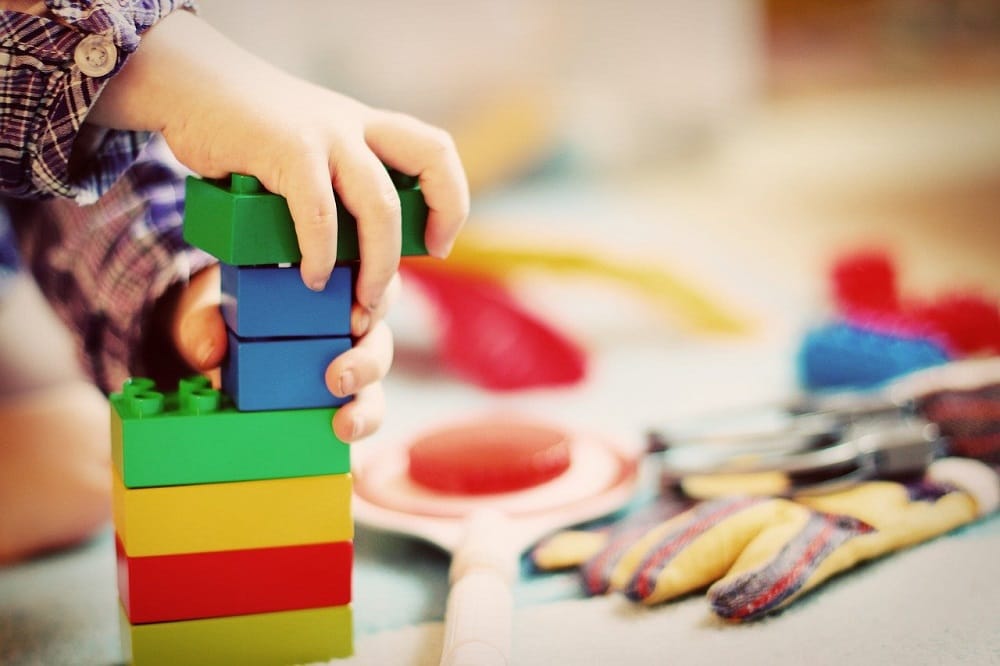Child psychologists say that you should give children toys that match their emerging capabilities and stages of development. The playthings do not have to be standard toys. You can give them various items that you have at home, such as plastic bottle caps, plastic lids and bowls, cardboard boxes, and other items that children of different ages can use in various ways.
Although it is essential to provide children with toys suitable for their ages, it is vital to understand that children develop differently.
Here are some ideas of what toys you can give your child according to their age level or developmental stage.
Suitable Toys By Age Range
One of the most important considerations when giving toys to children is their safety. No matter what kind of toy it is, ensure that it is safe. You could find many guides from reputable sites online, particularly those maintained by health professionals who specialise in child development.
1. From birth up to six months
Infants discover things around them, most of which are familiar. They can recognise faces and voices, and they can follow people with their eyes. Babies are more receptive to faces and things with bright colours. You can give them playthings like soft toys, textured balls, large rings, rattles, teething toys, and squeeze toys.
2. From seven to twelve months
Older infants are more mobile so introduce puppets, wood and plastic vehicles with wheels, large beads, nesting toys, big soft blocks, push and pull toys. Introduce them to toys to use their large muscles, such as soft things low enough for them to climb over.
3. For one-year-olds
At age one, they become more adventurous. They are little explorers and can recognise more things. They can say a few basic words so let them listen to simple stories, rhymes and songs. Give them board books with colourful illustrations or photos of actual objects. Encourage them to be creative by giving them large sheets of paper and non-toxic big crayons and washable markers. They will enjoy playing with puppets, plastic animals and vehicles, and stuffed toys. Allow them to build things using wooden blocks and cardboard boxes. To encourage the use of their small and large muscles, provide puzzles, small and large balls, large pegboards and toys with movable parts such as lids, knobs, switches and dials.
4. Toys for toddlers
Toddlers are improving their language skills, and some of them already develop a sense of danger. They can do more physical activities such as climbing, jumping, rolling, or hanging by their arms. They can hold smaller objects and have more control over their hands and fingers. They appreciate simple wooden puzzles, things they can sort by smell, colour, size or shape, and blocks that snap together. They will enjoy toys for building and pretend play, and things that allow them to exercise their creativity, from art to music.
5. From age three to six
Children in this age group are more aware of their surroundings, and their attention spans are longer. They are more curious, love to experiment, and use their physical skills. Give them toys that allow them to solve problems, build things, pretend, and create. They are into collections of various items and can be fond of specific objects. If they love animals, you can give them a Playmobil Zoo, which will help them identify various animals.
You do not have to provide children with manufactured toys all the time. Allow them to explore by introducing toys and everyday objects that are safe to use to relate more to their surroundings.

